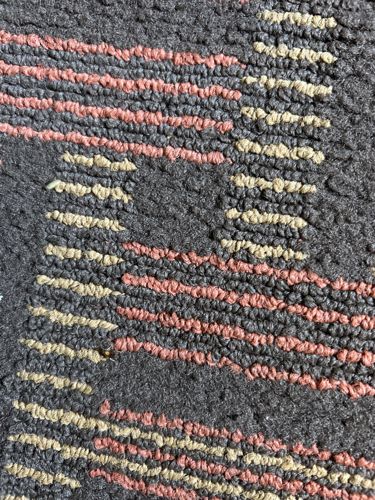Carpet Beetle
Scientific Name: Most commonly a species from the genus Anthrenus (e.g., Anthrenus verbasci - Varied Carpet Beetle) or Attagenus (e.g., Attagenus unicolor - Black Carpet Beetle).
Order & Family: Order: Coleoptera, Family: Dermestidae
Size: Adults typically range from 2 to 5 mm (0.08 to 0.2 inches) in length. Larvae can be slightly larger, up to 6 mm (0.24 inches).

Natural Habitat
Indoors, carpet beetles are commonly found in homes, museums, and warehouses. They infest carpets, rugs, upholstered furniture, clothing, blankets, and stored food products. Outdoors, they can be found in bird nests, animal carcasses, and in flowers.
Diet & Feeding
Adult carpet beetles typically feed on pollen and nectar from flowers. However, it's the larvae that are destructive pests, feeding on a wide range of animal products and fibers including wool, silk, feathers, leather, fur, pet hair, dried meat, dead insects, and even lint and dust bunnies.
Behavior Patterns
Carpet beetle adults are often found near windows as they are attracted to light. Larvae are more often found in dark, undisturbed areas where they feed on organic materials. They tend to be slow-moving and prefer dry environments. Females lay eggs on suitable food sources, and larvae undergo several molts before pupating.
Risks & Benefits
Potential risks include significant damage to household items, textiles, and museum collections. Some people may experience allergic reactions to the larval hairs, leading to skin irritation. Benefits are minimal in a human-centric view, but in nature, they contribute to the decomposition of organic matter.
Identified on: 8/16/2025